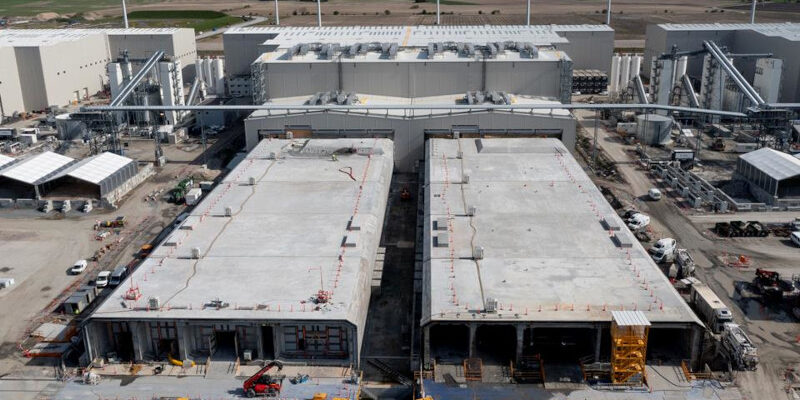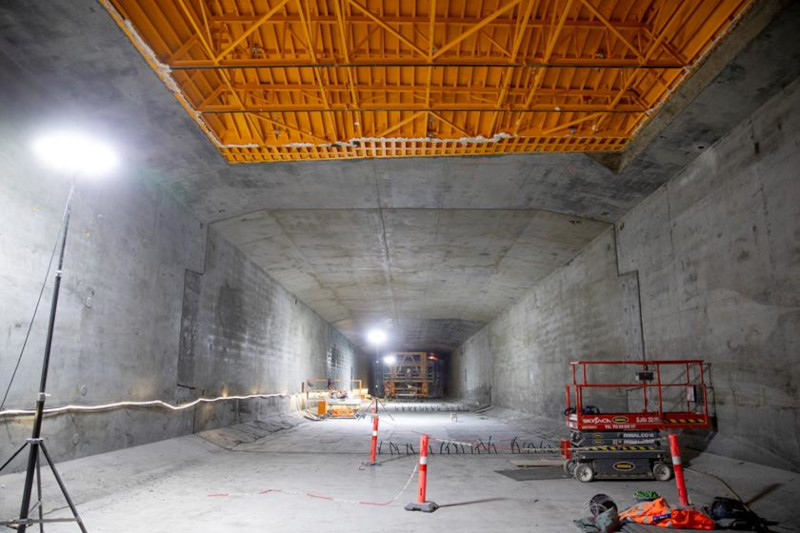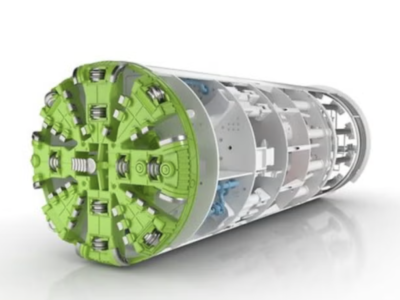
In order to advancing the Fehmarnbelt tunnel project, the first of the 89 tunnel elements has been cast.
The total of required elements are 79, which are 217m-long element consists of nine segments, each 24m long. Also another 10 special elements with space for the technical installations are required, whereas the elements are being cast at the tunnel factory in Rødbyhavn.
In order to ensuring the element’s stability during the immersion process, the finished tunnel element is due to be left to cure for three weeks before the next stage begins that is the installation of the steel bulkheads and ballast tanks.
According to Femern A/S CEO Henrik Vincentsen:”It’s a special feeling knowing that we have now cast the first of the 79 standard tunnel elements. Casting such a large concrete structure has been a long and complicated undertaking, but we’ve now demonstrated that technology and methods interact well.”
Considering that currently the first tunnel element has been cast, the gained experience from the casting process is slated to be applied to the remaining elements. The determined date for data collection and preparation of the element is end of May.

“Casting a single tunnel element is a major achievement in itself, but we still have a long way to go. Nowhere else in the world does serial production of concrete elements of this size take place, but this is precisely what we have to master over the years ahead. Our goal is to transform the exceptional into routine practice,” said Fehmarn Belt Contractors (FBC) director Sébastien Bliaut.
While the casting process will be optimised continuously as the work crew become more experienced, the second complete tunnel element is expected to roll off the production lines in mid-May.
As the location where the first tunnel element is going to be immersed later this year, the portal and the tunnel trench is currently excavating by FBC. Dredging of the 18km-long trench for the tunnel was completed last month.
Linking Rødbyhavn on Lolland in Denmark and Puttgarden on the German island of Femern, the Fehmarnbelt tunnel which is both Denmark’s largest construction project and the largest construction site in northern Europe, is 18km-long tunnel beneath the Baltic Sea, while it is slated to be the world’s longest immersed tunnel.
















